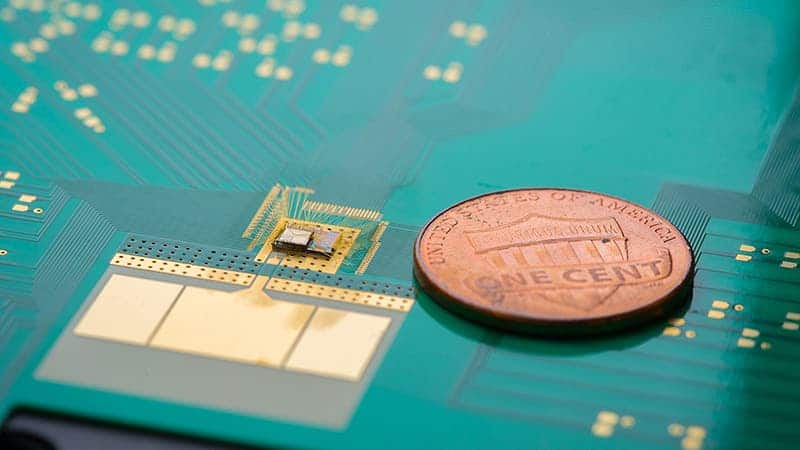As technology becomes more robust, more affordable, and more indispensable to our lives, cities are slowly but surely becoming smarter. But this transition won’t be made in a single step and overnight — but rather through the constant movement of the components of cities towards integrated technology.
A new report showcases this process in a rather unexpected place: elevators. According to the findings, the market for ‘smart’ or Internet of Things elevators — those equipped with sensors and the ability to process and interpret data — is expected to grow by around one-third, or US$ 500 million, by 2028.
Smarter elevators
Of course, a major catalyst of events was the pandemic. The COVID-19 pandemic had a huge impact on the global economy, leading many manufacturing companies to a financial crisis and posing numerous challenges to business operations, Digital Journal explains. This spilled in many unexpected ways — including in IoT elevators.
“Before the COVID-19 outbreak, the IoT in elevators market witnessed exponential growth owing to increased urbanization, surged demand for secure and energy-efficient systems, increased demand for residential and commercial amenities, and advancement of the Internet of Things (IoT),” Digital Journal adds.
Given the increasing density of IoT devices in the world’s cities, manufacturers of elevators and escalators, are increasingly keen to integrate IoT into their own products as well. Alongside artificial intelligence, IoT applications have already helped transform the way we use elevators and escalators by allowing for greater responsiveness, better energy efficiency, as well as tailored maintenance surveillance and interventions. Advancements in application programming interfaces (API) also allow smart elevators to use more intuitive command interfaces, making them easier to use.
Europe holds the largest market share of IoT elevators, thanks to its widespread industrialization and the rapid adoption of IoT, AI, and machine learning capabilities in electronic components across its countries. Strong research capabilities in this area in Europe, in the form of the European Research Cluster on the Internet of Things (IERC) further helped speed adoption by strengthening connections at the European level to make initiatives innovative and competitive.
At the same time, high standards of living across Europe are increasing the demand of smart devices, including elevators, especially in commercial buildings.

China and India are two other important emergent markets for IoT elevators, fueled mainly by the rapidly growing construction industries in these countries, which leaves them uniquely suited to the wide-scale adaptation of smart infrastructure.
But IoT elevators are becoming more popular throughout the world, powered by urbanization, increases in standards of living, and public demand for energy-efficient alternatives to amenities. AI and IoT applications also increase the security and safety of elevators and similar devices, and the onset of the pandemic also brought public and private interest heavily on devices that can help reduce the spread of viruses.
Although convenience and energy efficiency are the most-touted benefits of IoT devices, they are by no means limited only to this. Smart elevators, for example, are ideally suited in hospitals, clinics, or as home lifts for senior citizens due to their ease of use, the ease with which their functionality can be tailored to suit a user’s needs, and their ability to monitor the state of the passengers and notify authorized third parties in case help is needed.
While news such as this might seem trivial, it goes a great way towards putting some context around modern society. We are surrounded by technology more than any other generation before us, which blends itself even in devices as seemingly simple as elevators and escalators.
Internet of Things items do not need to be connected to the Internet specifically, but they need to be accessible over a network of any size. This connectivity allows them to be integrated with other systems and networks. At the same time, IoT devices need to have a certain amount of sensory and processing power to allow them to record, process, interpret data, and act in accordance with the input.
A growing percentage of IoT devices are created for consumer use. These include vehicles, home automation devices, wearable technology, and connected appliances with remote monitoring capabilities such as health monitors or temperature controls. IoT devices are an integral part of the larger concept of automation, including home automation.
More and more objects around us are becoming “smart”. As sensors become smaller, cheaper, and more reliable, the phenomenon will only accelerate. This makes things better and easier to use, but it can also pose privacy and security concerns. Perhaps we should also focus on that a little bit.






